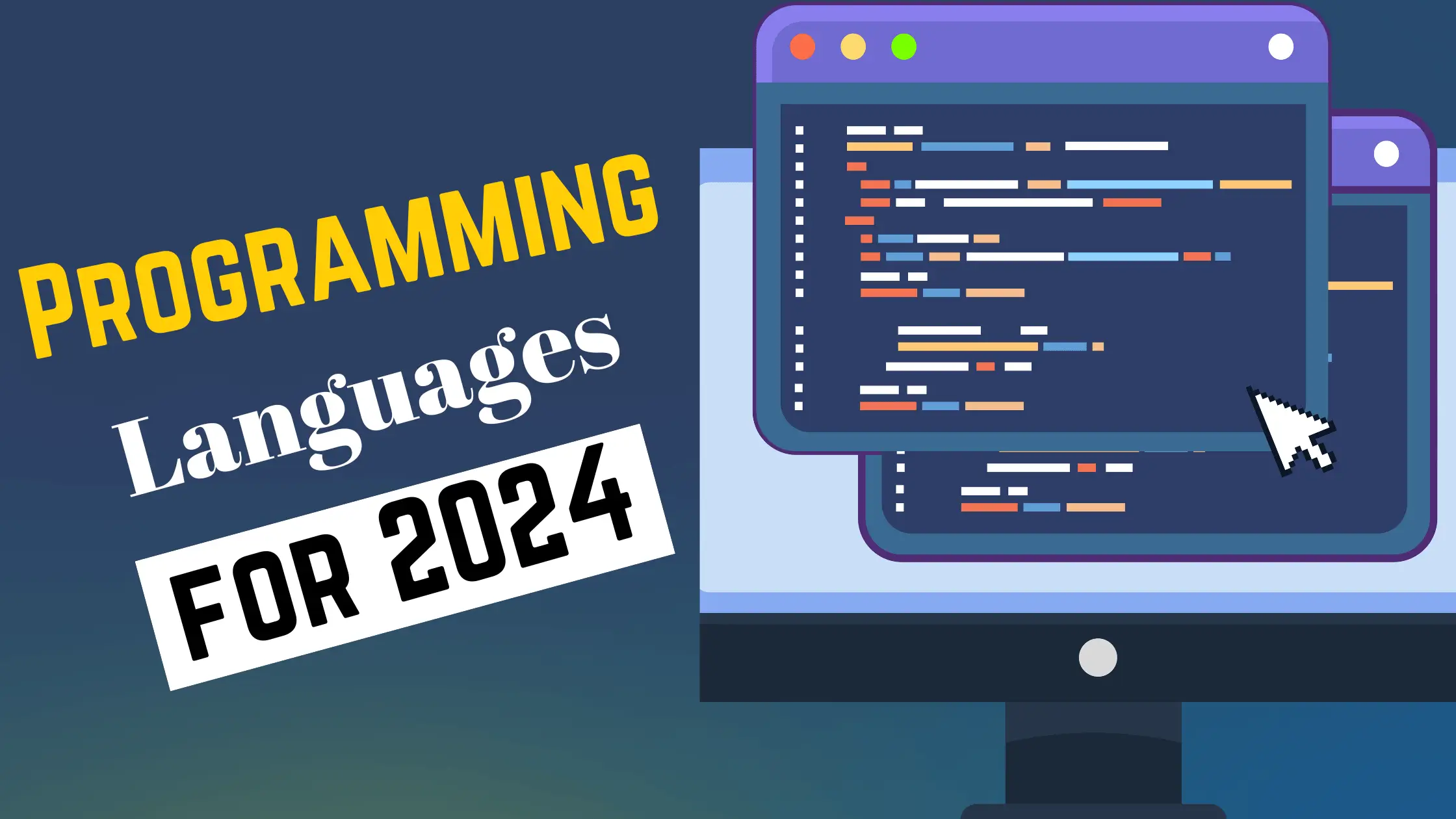As we stand on the brink of 2024, the world of big data is undergoing a rapid transformation. The explosive growth of data, coupled with advanced technologies and evolving business needs, has created a complex landscape that presents both opportunities and challenges for organizations across industries. In this comprehensive article, we will delve into five critical big data challenges that companies must navigate in the coming year to harness the full potential of their data assets.
1. Data Security and Privacy Concerns
1.1 Growing Cyber Threats
In the digital age, data has become the lifeblood of organizations, but with this reliance comes heightened vulnerability to cyber threats. As the volume and value of data continue to increase, hackers are becoming more sophisticated in their attempts to breach data systems and steal sensitive information. From malware and phishing scams to ransomware attacks and insider threats, the cyber threat landscape is constantly evolving, making it imperative for organizations to stay vigilant and proactive in their data security measures.
To combat these growing threats, companies must invest in robust cybersecurity solutions that encompass multiple layers of defense. This includes implementing firewalls, intrusion detection systems, and encryption technologies to protect data at rest and in transit. Regular security audits and vulnerability assessments are essential to identify and address weaknesses in the data infrastructure. Additionally, employee training and awareness programs play a crucial role in creating a culture of cybersecurity, empowering individuals to recognize and report potential threats.
1.2 Compliance with Data Privacy Regulations
The regulatory landscape surrounding data privacy has undergone significant changes in recent years, with governments around the world introducing stricter laws to protect individuals’ personal information. The General Data Protection Regulation (GDPR) in the European Union and the California Consumer Privacy Act (CCPA) in the United States are prime examples of comprehensive data privacy regulations that have far-reaching implications for organizations handling personal data.
Compliance with these regulations is not only a legal obligation but also a matter of maintaining customer trust and brand reputation. Non-compliance can result in hefty fines, legal action, and severe reputational damage. To meet the requirements of data privacy regulations, organizations must implement robust data governance frameworks that clearly define data collection, storage, and usage practices. This includes obtaining explicit consent from individuals for data processing, providing transparent privacy policies, and establishing mechanisms for individuals to exercise their rights, such as the right to access, correct, or delete their personal data.
1.3 Balancing Data Utilization and Privacy
While big data offers immense opportunities for business growth and innovation, organizations must strike a delicate balance between leveraging data for insights and respecting individuals’ privacy rights. The ethical use of data has become a paramount concern, as consumers are increasingly aware of how their personal information is being collected and used.
To navigate this challenge, companies must adopt a privacy-by-design approach, embedding privacy considerations into every stage of the data lifecycle. This involves implementing strong data anonymization techniques, such as data masking and tokenization, to protect sensitive information while still allowing for data analysis and insights. Organizations should also establish clear data usage policies that outline the purposes for which data can be used and ensure that data is only accessed by authorized personnel on a need-to-know basis.
Transparency and open communication with customers about data practices are essential in building trust and maintaining a positive reputation. Companies should provide easily accessible privacy notices that clearly explain how personal data is collected, used, and shared, and give individuals control over their data preferences.
2. Data Integration and Quality
2.1 Dealing with Data Silos
One of the most significant challenges facing organizations in the big data era is the prevalence of data silos. Data silos occur when information is scattered across various departments, systems, and databases, making it difficult to gain a holistic view of the data landscape. This fragmentation hinders effective decision-making, as different business units may operate on incomplete or inconsistent information.
Breaking down data silos requires a concerted effort to integrate data from multiple sources into a unified platform. This involves implementing data integration strategies such as data warehousing, data lakes, and data virtualization. By centralizing data in a single repository, organizations can enable seamless data sharing and collaboration across departments, fostering a data-driven culture.
However, data integration is not without its challenges. Legacy systems, incompatible data formats, and varying data structures can make the integration process complex and time-consuming. Organizations must invest in modern data integration tools and technologies that can handle the scale and diversity of big data. They should also establish data governance policies and standards to ensure consistent data definitions, formats, and quality across the organization.
2.2 Ensuring Data Quality and Consistency
The old adage “garbage in, garbage out” holds true in the world of big data. Poor data quality, including incomplete, inconsistent, or inaccurate data, can lead to flawed insights, misguided decisions, and costly mistakes. Ensuring data quality and consistency is a critical challenge that organizations must address to maximize the value of their data assets.
To tackle this challenge, companies need to implement rigorous data quality checks and data cleansing processes. This involves establishing data quality metrics and thresholds, such as completeness, accuracy, and timeliness, and regularly monitoring data for anomalies and errors. Data profiling techniques can help identify data quality issues and inconsistencies, enabling organizations to take corrective actions.
Data cleansing, also known as data scrubbing, is the process of identifying and correcting or removing inaccurate, incomplete, or irrelevant data. This can involve standardizing data formats, removing duplicates, and filling in missing values. Automated data cleansing tools and algorithms can streamline this process, but human oversight and domain expertise are still crucial in ensuring the accuracy and relevance of the cleaned data.
Implementing master data management (MDM) strategies is another essential aspect of ensuring data quality and consistency. MDM involves creating a single, authoritative view of critical data entities, such as customers, products, and locations, across the organization. By establishing a “golden record” for each entity, MDM helps eliminate data inconsistencies and provides a trusted foundation for data-driven decision-making.
3. Talent Gap and Skill Shortage
3.1 Shortage of Big Data Professionals
As the big data landscape continues to evolve, organizations are facing a significant talent gap in finding professionals with the necessary skills to harness the full potential of their data assets. The demand for data scientists, data engineers, and data analysts is outpacing the supply, creating a highly competitive market for big data talent.
Data scientists, in particular, are in high demand due to their unique blend of technical skills, domain expertise, and business acumen. They are responsible for extracting insights and value from complex datasets, applying advanced analytics techniques such as machine learning and predictive modeling. However, the shortage of data scientists is exacerbated by the fact that the role requires a rare combination of skills, including statistical analysis, programming, data visualization, and business understanding.
To address the talent gap, organizations must take a multi-faceted approach. This includes investing in talent acquisition strategies to attract top data professionals, offering competitive compensation packages, and creating an attractive work environment that fosters innovation and growth. Partnering with universities and educational institutions to develop big data curricula and internship programs can help build a pipeline of future talent.
3.2 Upskilling and Reskilling Existing Workforce
While attracting external talent is crucial, organizations must also focus on upskilling and reskilling their existing workforce to bridge the big data skills gap. As technology advances and job roles evolve, it is essential to provide employees with opportunities to acquire new skills and adapt to the changing landscape.
Investing in training and development programs that cover big data technologies, analytics tools, and data-driven decision-making can empower employees to become data-savvy and contribute to the organization’s big data initiatives. This can include in-house training sessions, online courses, workshops, and mentorship programs.
Fostering a culture of continuous learning and encouraging employees to take ownership of their skill development is key to building a data-driven workforce. Organizations should provide resources and support for employees to pursue relevant certifications and attend industry conferences and events to stay up-to-date with the latest trends and best practices in big data.
Moreover, cross-functional collaboration and knowledge sharing can help spread big data skills across the organization. Establishing communities of practice, where employees from different departments can share their experiences and insights, can foster a culture of data literacy and innovation.
4. Scalability and Infrastructure Challenges
4.1 Handling Exponential Data Growth
The exponential growth of data presents a significant challenge for organizations in terms of storage, processing, and analysis. As data volumes continue to soar, traditional data storage and processing solutions may struggle to keep pace with the increasing data influx. The sheer scale of big data requires organizations to rethink their infrastructure strategies to ensure scalability and performance.
To handle the massive data volumes, companies need to adopt scalable and distributed storage systems that can accommodate the growing data footprint. This may involve transitioning from traditional on-premises storage to cloud-based solutions or hybrid architectures that combine on-premises and cloud storage. Cloud platforms offer scalability, flexibility, and cost-efficiency, allowing organizations to scale their storage capacity on-demand and pay only for the resources they consume.
In addition to storage, processing large-scale datasets requires advanced computing power and parallel processing capabilities. Distributed computing frameworks, such as Apache Hadoop and Apache Spark, enable organizations to process and analyze big data across clusters of commodity hardware. These frameworks allow for the distribution of data and computation across multiple nodes, enabling faster processing and analysis of massive datasets.
4.2 Adopting Scalable and Flexible Architectures
To address the scalability challenges posed by big data, organizations need to adopt modern, scalable, and flexible architectures. Traditional monolithic architectures may struggle to handle the volume, variety, and velocity of big data, leading to performance bottlenecks and limited scalability.
Cloud computing has emerged as a key enabler of scalable big data architectures. Cloud platforms offer elastic scalability, allowing organizations to dynamically provision and de-provision resources based on workload demands. This enables companies to handle sudden spikes in data volume or processing requirements without the need for significant upfront investments in infrastructure.
Serverless computing, also known as Function-as-a-Service (FaaS), is another architectural approach that enables scalability and cost-efficiency. In a serverless architecture, the cloud provider manages the underlying infrastructure, and organizations can focus on writing and deploying code without worrying about server management. This allows for granular scaling, as the infrastructure automatically scales based on the incoming requests or events.
Containerization technologies, such as Docker and Kubernetes, also play a crucial role in building scalable and flexible big data architectures. Containers provide a lightweight and portable way to package and deploy applications, enabling easier scaling and management of big data workloads across different environments.
5. Ethical and Responsible AI
5.1 Addressing Algorithmic Bias
As machine learning and artificial intelligence (AI) become increasingly integrated into big data analytics, the risk of algorithmic bias becomes a significant concern. Algorithmic bias occurs when AI models make decisions or predictions that are unfair or discriminatory towards certain groups of individuals based on factors such as race, gender, age, or socioeconomic status.
Algorithmic bias can arise from various sources, including biased training data, flawed model design, or the perpetuation of historical biases. For example, if an AI model is trained on historical hiring data that contains biases against certain demographics, the model may learn and reproduce those biases in its predictions.
To address algorithmic bias, organizations must prioritize fairness and ethics in the development and deployment of AI systems. This involves carefully curating and preprocessing training data to ensure it is representative and unbiased. Techniques such as data augmentation and resampling can help mitigate biases in the data.
Moreover, organizations should establish ethical guidelines and frameworks for AI development, incorporating principles of fairness, transparency, and accountability. This may involve conducting regular audits of AI models to identify and mitigate biases, as well as implementing mechanisms for human oversight and intervention when necessary.
5.2 Ensuring Transparency and Explainability
As AI systems become more complex and autonomous, ensuring transparency and explainability becomes a critical challenge. Transparency refers to the ability to understand how an AI model arrives at its decisions or predictions, while explainability involves providing clear and understandable explanations of the model’s reasoning.
Lack of transparency and explainability can lead to a lack of trust in AI systems, as stakeholders may be hesitant to rely on decisions made by “black box” models. Moreover, in regulated industries such as healthcare and finance, the ability to explain and justify AI-based decisions is often a legal requirement.
To address this challenge, organizations must prioritize the development of interpretable and explainable AI models. This may involve using techniques such as feature importance analysis, decision trees, or rule-based systems that provide clear explanations of the model’s reasoning. Visualization tools and dashboards can also help stakeholders understand the inner workings of AI models and identify potential issues.
Organizations should also implement robust governance frameworks for AI, including regular audits, documentation, and version control. This ensures that AI models are transparent, traceable, and accountable throughout their lifecycle.
| Challenge | Key Aspects |
|---|---|
| Data Security and Privacy | Cyber threats, compliance, balancing utilization and privacy |
| Data Integration and Quality | Data silos, ensuring data quality and consistency |
| Talent Gap and Skill Shortage | Shortage of professionals, upskilling and reskilling |
| Scalability and Infrastructure | Exponential data growth, scalable and flexible architectures |
| Ethical and Responsible AI | Addressing algorithmic bias, transparency and explainability |
In conclusion, as we navigate the big data landscape in 2024, organizations must proactively address these five critical challenges to harness the full potential of their data assets. By prioritizing data security and privacy, ensuring data integration and quality, bridging the talent gap, adopting scalable architectures, and embracing ethical and responsible AI practices, companies can position themselves for success in the data-driven future.
Investing in robust data strategies, fostering a data-driven culture, and continuously adapting to the evolving big data landscape will be key to unlocking the transformative power of big data. As organizations tackle these challenges head-on, they will be well-equipped to leverage data insights for competitive advantage, drive innovation, and create value in the digital age.


![Top 8 DSA Project Ideas in 2024 [With Source Code]](https://evuzzo.com/wp-content/uploads/2024/05/DSA-Project-Ideas-in-2024.png)


![Top 15 Software Engineer Projects 2024 [Source Code]](https://evuzzo.com/wp-content/uploads/2024/04/Top-15-Software-Engineer-Projects-2024-Source-Code.webp)

